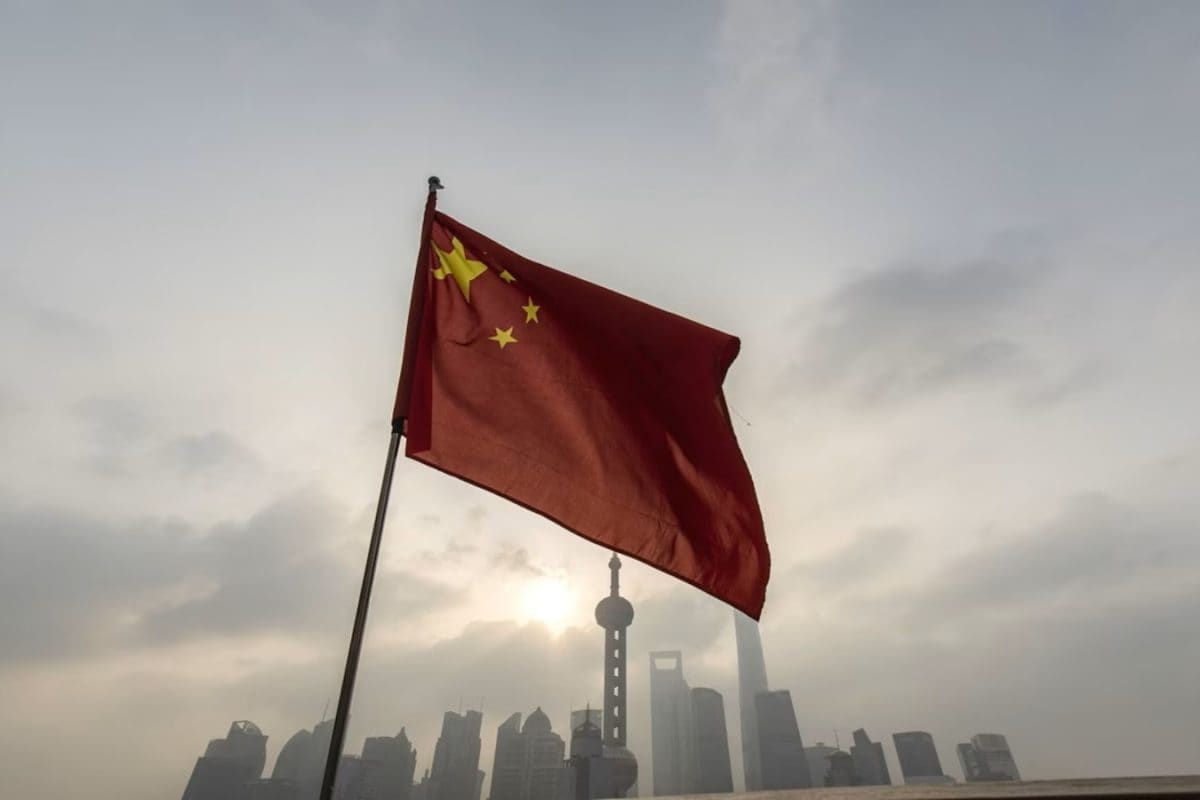

In the wake of the recent military conflict between India and Pakistan, China has strategically dodged questions regarding the performance of its weapons systems deployed by Pakistan. This reluctance to comment comes amidst reports suggesting that Chinese-made military equipment may have underperformed during the clashes.
The conflict, which occurred between May 7 and May 10, 2025, saw Pakistan utilizing Chinese-supplied military hardware, including J-10C "Vigorous Dragon" fighter jets armed with PL-15E air-to-air missiles and HQ-9 long-range surface-to-air missile systems. These systems were tested in actual combat for the first time, with Chinese satellite reconnaissance reportedly supporting Pakistani targeting efforts.
However, the results were far from decisive. While Pakistan claimed its Chinese-supplied jets had shot down six Indian aircraft, including three French-made Rafale fighters, independent verification of these claims remains elusive. India's integrated air defenses largely withstood the onslaught, and there are no confirmed reports of successful hits by the PL-15E missiles. Moreover, Indian airstrikes reportedly crippled major Pakistani air bases without suffering any confirmed retaliatory damage.
Adding fuel to the fire, reports emerged of India recovering an unexploded PL-15E missile, the most advanced rocket of its kind produced by China. This has led to speculation about potential reverse engineering of the missile's technology, further complicating the situation.
In response to these developments, Chinese Defence Ministry Spokesperson Sr. Col. Zhang Xiaogang declined to comment on the performance of China-made weapons, downplaying the reports of India recovering the PL-15E missile. He stated that the missile is an export item that has been displayed at various defense exhibitions. Zhang reiterated China's hope that both sides would exercise calm and restraint, emphasizing China's willingness to play a constructive role in achieving a lasting ceasefire and preserving regional stability.
This strategic silence from China is seen as a calculated diplomatic maneuver. By avoiding direct comment on the weapons' performance, China aims to project itself as a neutral and stabilizing force in South Asia. Acknowledging any shortcomings in its military exports could damage its reputation as a reliable arms supplier and undermine its strategic interests in the region.
Despite China's reluctance to comment, the conflict has provided valuable insights into the performance of Chinese weapon systems in a real-world combat scenario. Some experts believe that the conflict served as a sobering test of China's exported weaponry, revealing critical vulnerabilities in systems like the HQ-9 air defense system when deployed without integrated support. This feedback will likely prompt Beijing to revise and upgrade its platforms based on the experiences of its client state.
For India, the conflict has validated its investments in precision strike capabilities and highlighted the importance of indigenous platforms like the BrahMos missile. It has also signaled a more proactive and technologically assertive doctrinal posture.
The India-Pakistan conflict has also drawn attention to China's growing role as a major arms supplier to Pakistan. According to the Stockholm International Peace Research Institute (SIPRI), China supplied 81% of Pakistan's total arms imports between 2020 and 2024, including advanced fighter jets, naval vessels, submarines, and missile systems. This close military partnership has raised concerns in India about the potential for a "two-front situation," where it faces simultaneous threats from both Pakistan and China.
In conclusion, while China has dodged questions about the performance of its weapons in the India-Pakistan conflict, the event has undoubtedly provided valuable lessons for all parties involved. The conflict has highlighted the strengths and weaknesses of Chinese military technology, prompting both China and its rivals to re-evaluate their strategies and investments in defense capabilities. It remains to be seen how these lessons will shape the future of military dynamics in South Asia and beyond.